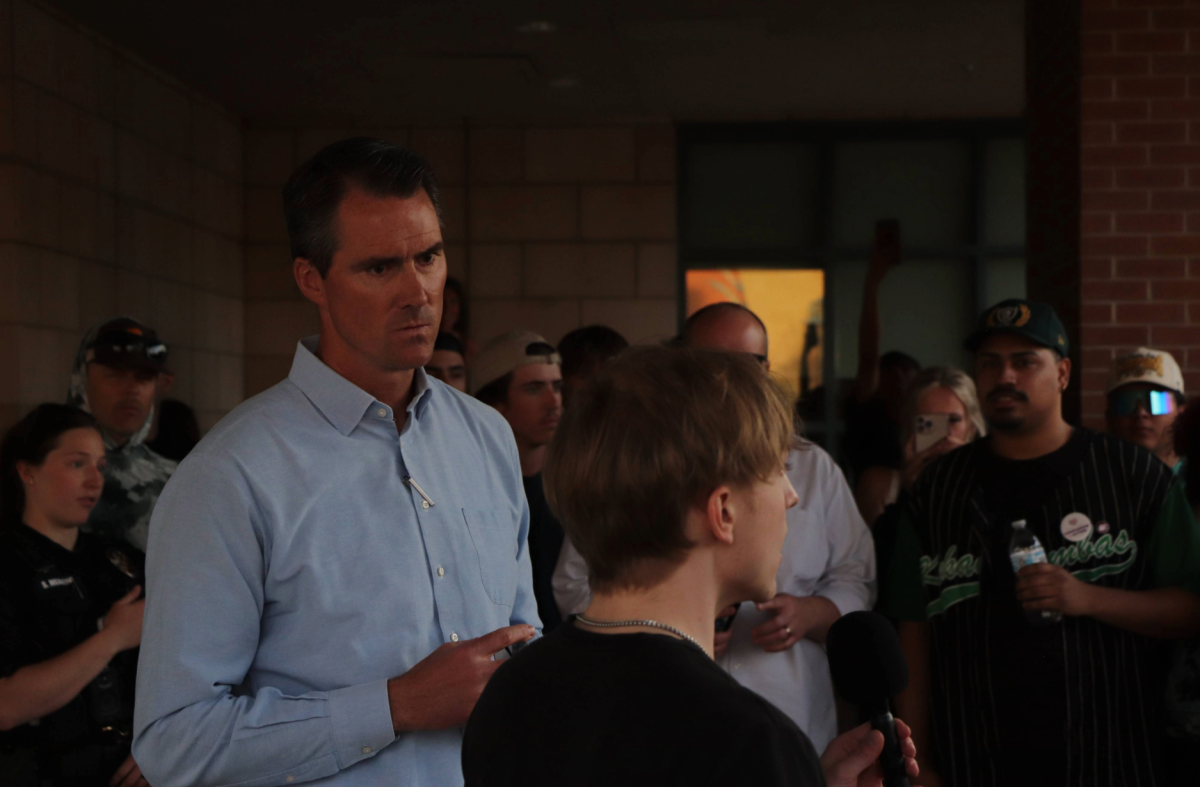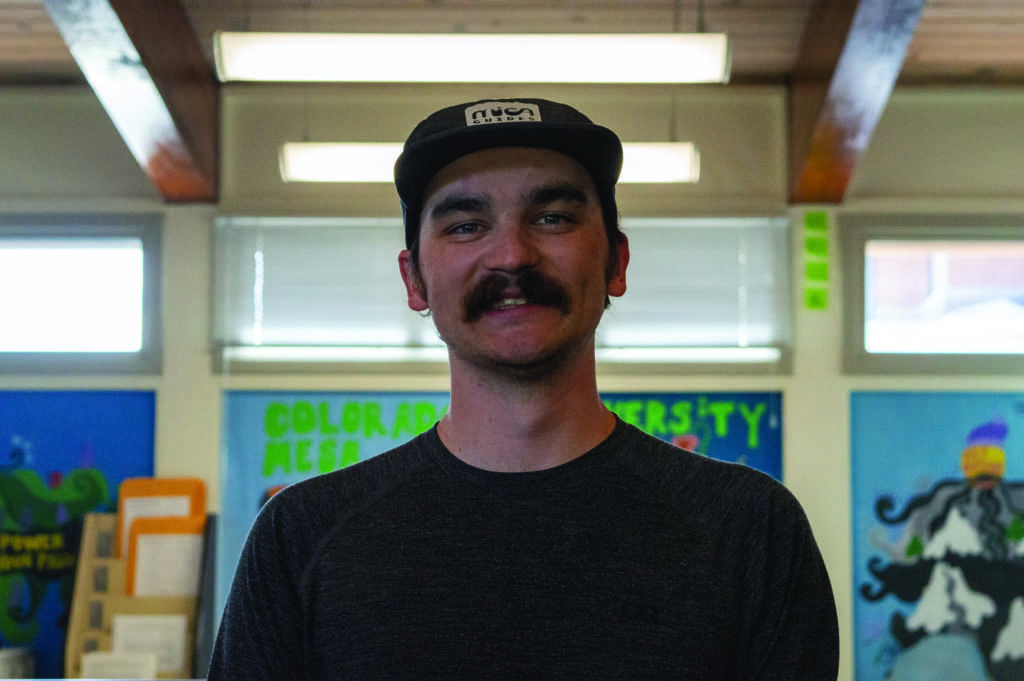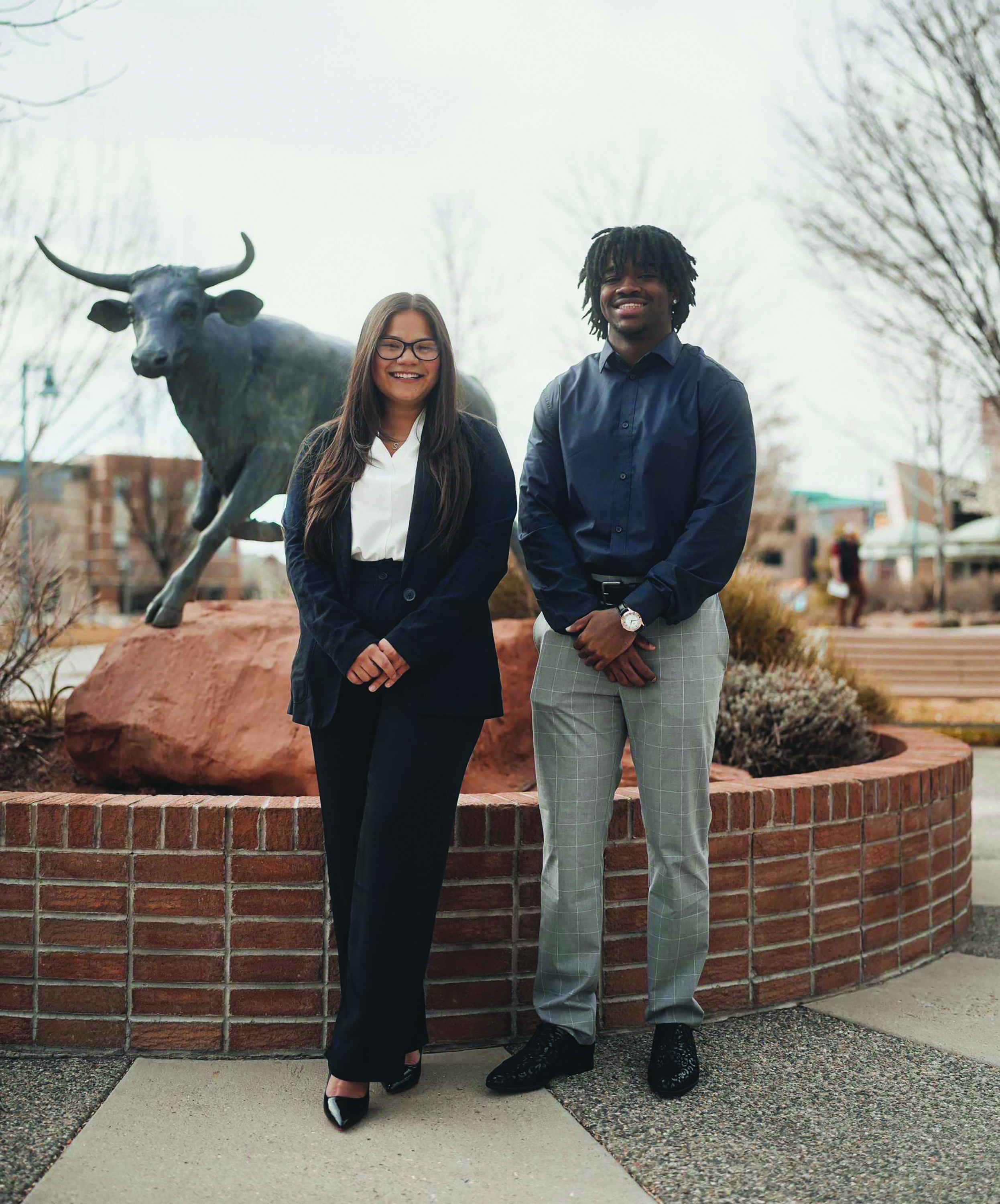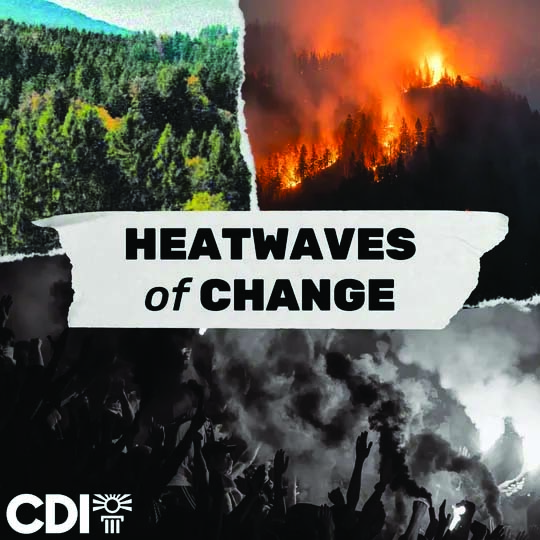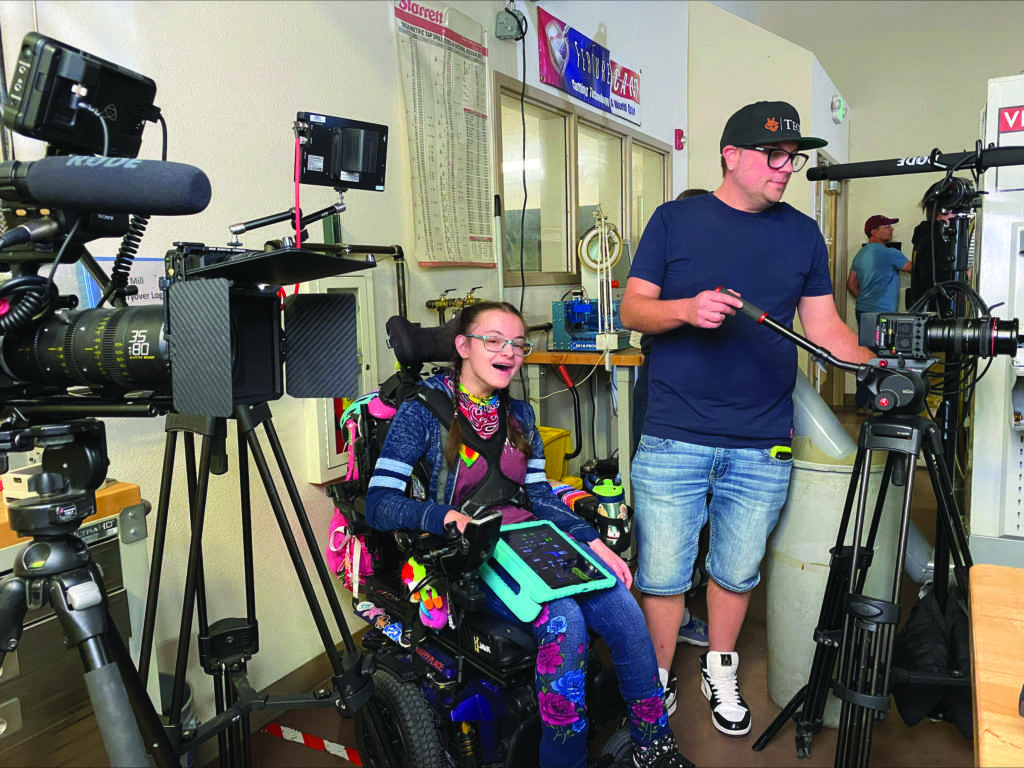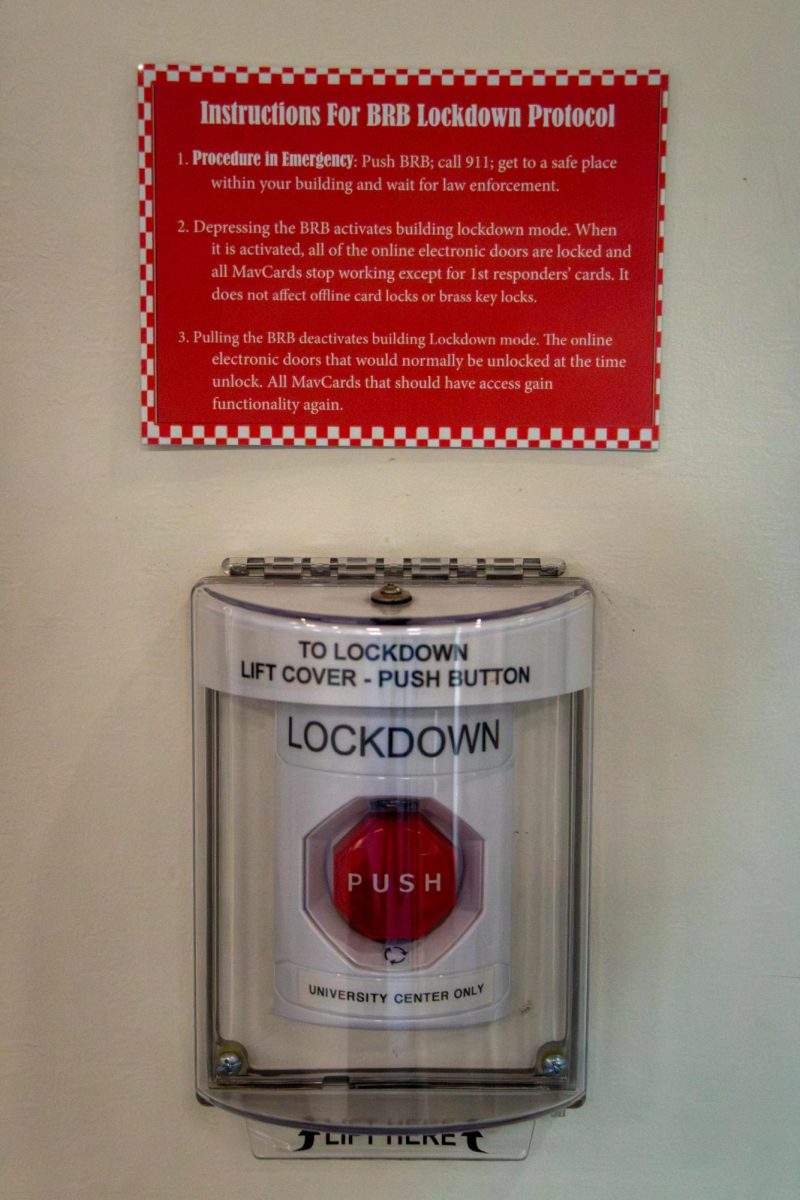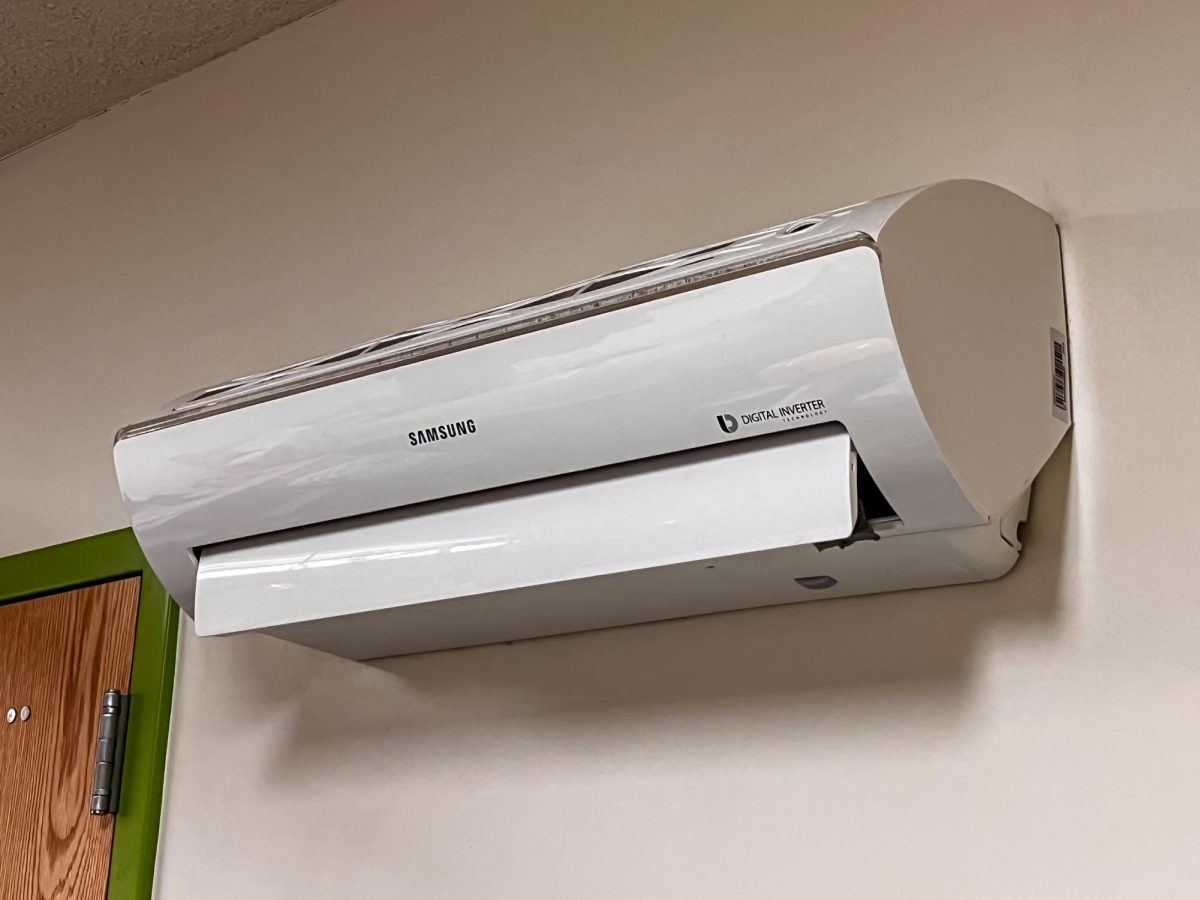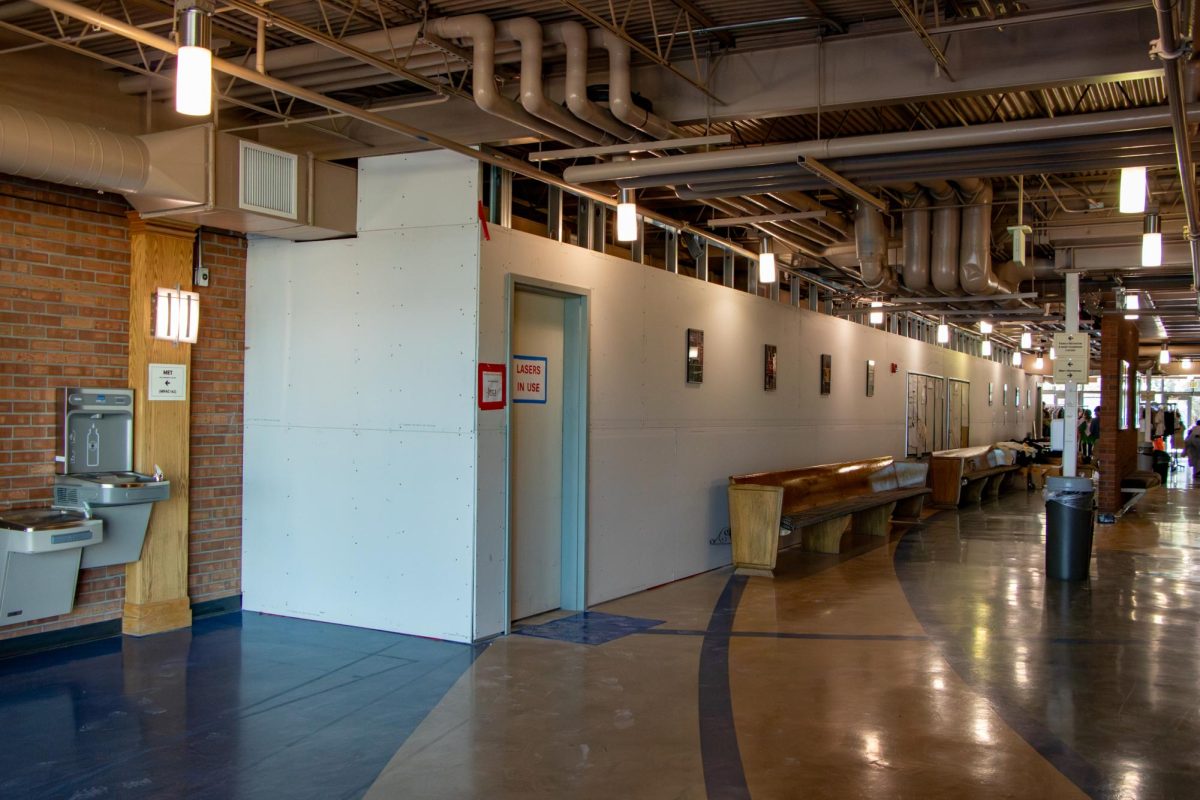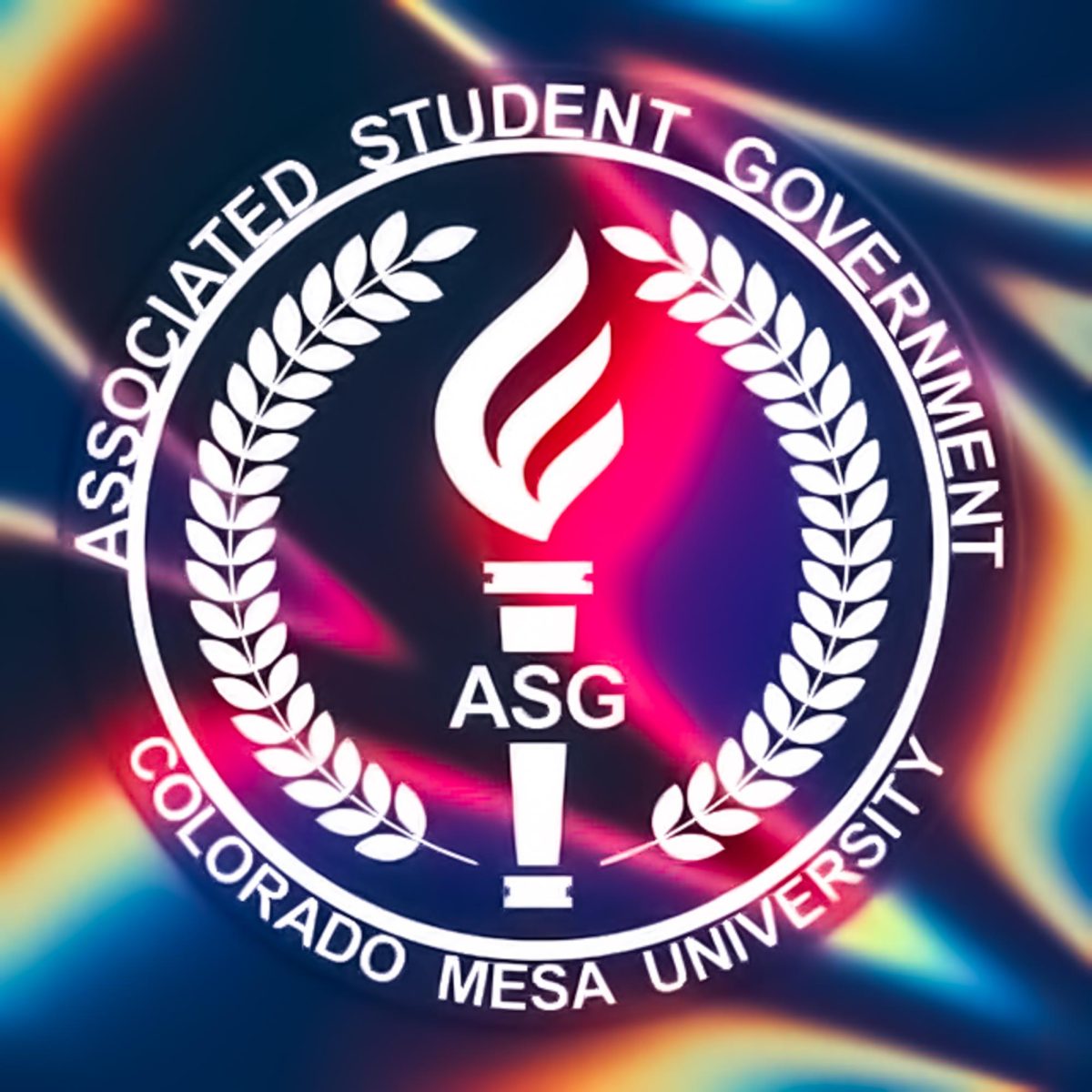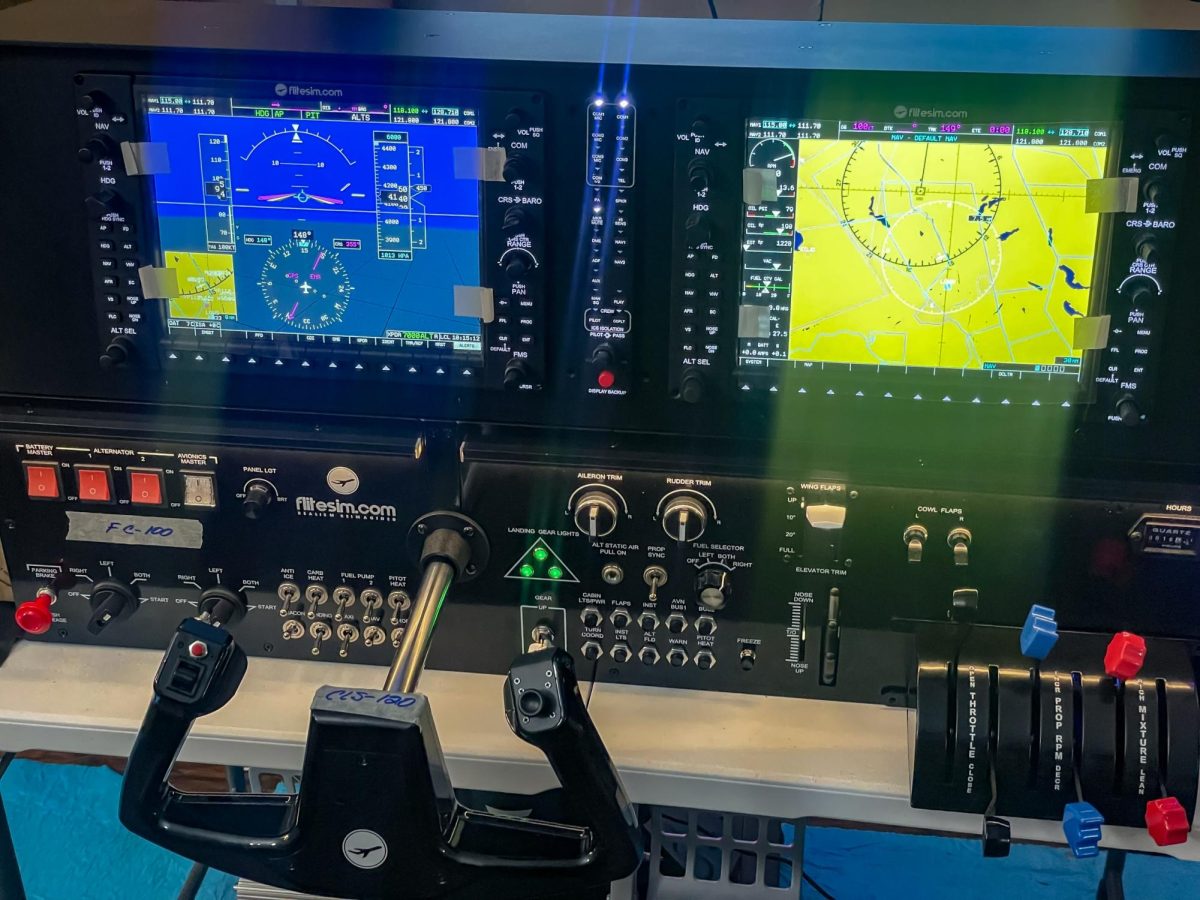[media-credit name=”Colorado Mesa University” align=”alignright” width=”640″] [/media-credit]
[/media-credit]
Recently, Colorado Mesa University Professor Tamera Minnick began to innovate the way that land surveys are performed. By using drones to perform aerial surveillance, money and man-hours may be saved. The research performed by Minnick was made possible by grant money.
A grant is essentially money that a person or group can get from a sponsor in order to help reach a goal that would be unreachable without the revenue.
Typically, there is a periodical check-in point with the person or company providing the grant to make sure their money isn’t being wasted on a project that will have no outcome. Grants are a source of money that can be invaluable to research projects, entrepreneurs and others.
At CMU, the importance of grants isn’t lost, so there is a section of staff, headed by Director of Sponsored Programs Louis Nadelson, that will provide assistance to those seeking grants.
“We are really eager to meet with anybody who wants to apply for a grant and see what we can do to provide them with some guidance,” Nadelson said.
This, however, doesn’t mean that the crew will do everything. The person seeking the grant will need to apply for the grant themselves. Nadelson and the other grant workers will help that person along the path to getting the grant.
When a group or person wants to receive a grant, it is recommended that they check off a basic list before they bring it to the grant workers. A clear idea of what field of study their project is in, an idea of a time frame of when the project will be completed, who, if any, would be included in the project and who is being collaborated with.
If these basic things are figured out prior to talking to the grant workers, they will be able to help a lot better than if no research has been done.
“When people come in and say ‘Hey, I want some money to do some stuff’ we don’t even know when to begin and it’s a waste of time and energy,” Nadelson said.
However, when someone comes with all the basic goals checked, Nadelson will be able to help them find the grant that would be the best fit for their project, help review and comment on the proposal for receiving a grant. The grant workers can provide guidance on structuring a budget and time frame and help with the submission.
Grants can also be very competitive and there is a current trend of increased competition over who will get the grant, making it even harder to get a grant when starting in the dark, making the resources given by Nadelson and his team potentially invaluable to an applicant.
Making sure that one’s proposal is the best one out there is more likely to become a possibility when several eyes and experience are plugged into it.
The grants are externally funded. Nadelson hopes to eventually add grants through the school but that isn’t available at the moment.
An approach to research before going to Nadelson would be to look at the grant database, grantforward.com, and see what could be the best for the project.
“There is a lot of opportunities put together for students listed in there as scholarships or fellowships to do research for other projects,” Nadelson said.
Grants could be a lot closer to grasp than one might have previously thought. With the resources available for students and faculty, applying for a grant can be achievable and within reach. For more information about receiving grants, contact Nadelson in Lowell Heiny Hall.



